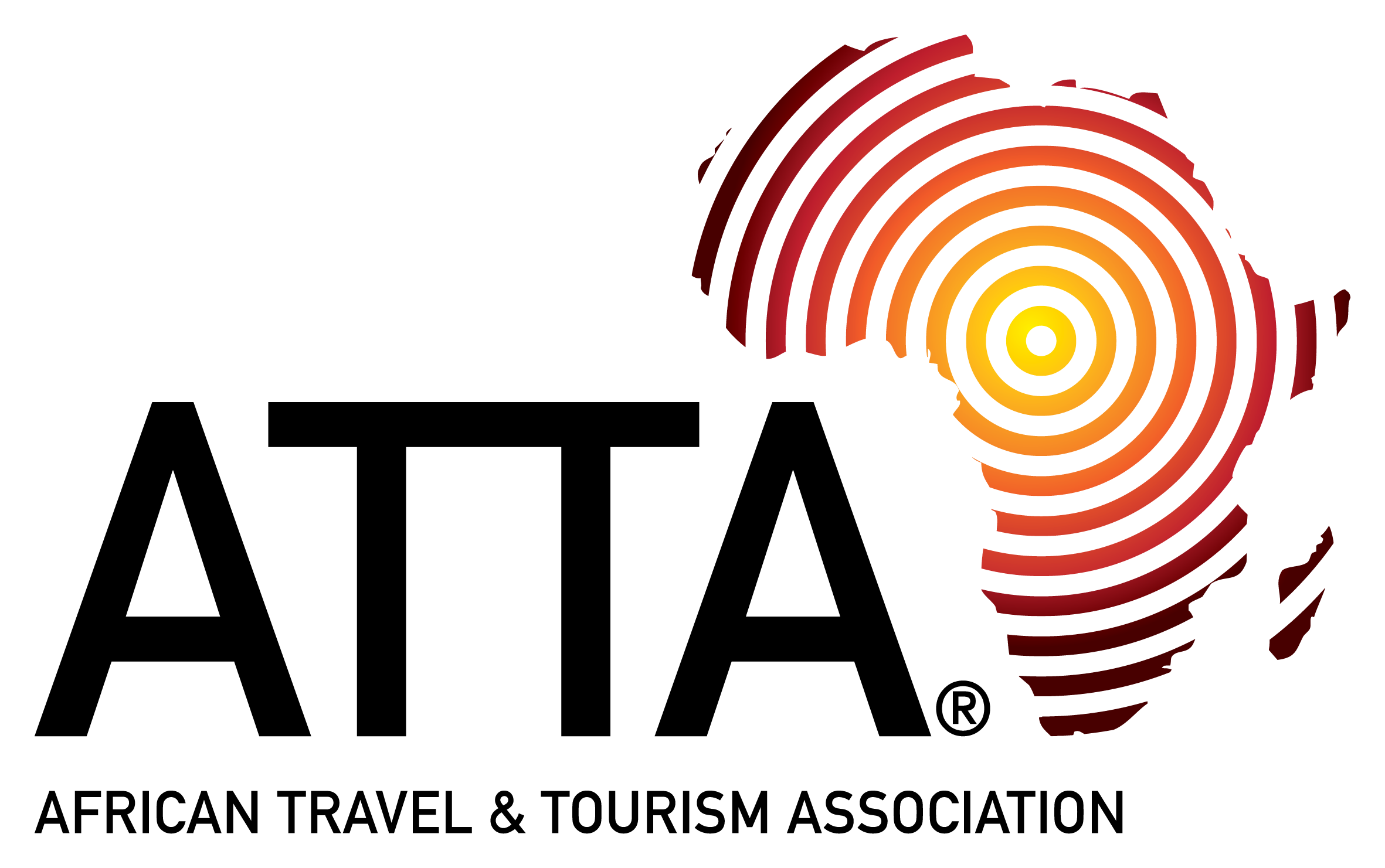Day 1: Arrive Kathmandu
You will be met on arrival in Kathmandu and transferred to your hotel in the city centre.
This evening, meet with your climb guide for a pre-climb briefing, covering transfers, kit, conditions on the mountain, and other related topics. This is a good time to ask any questions you may have about the climb.
Day 2: Half day guided sightseeing tour in Kathmandu
Embark on a half-day guided sightseeing tour in Kathmandu, taking in Durbar Square, Swoyambhunath, Taleju and Jaggannath Temples.
Evening at leisure.
Day 3: Drive to Bhulbhule
Depart Kathmandu this morning and drive to Bhulbhule (185km, 7 hours) via a scenic route that follows the Trishuli and Marshyangdi Rivers.
Overnight in Bhulbhule.
Day 4: Bhulbhule - Bahundanda - Syange
Day 1 of the Annapurna Circuit trek, today will see you begin trekking on an easy trail along the Marsyangdi, before descending to the village of Khudi, a small valley settlement situated at the confluence of the rivers Khudi and Marsyangdi.
Enjoy a brief rest stop at Khudi, and take the time to admire the views of the surrounding mountains, and the tiny hilltop villages that dot them – some barely visible at a distance.
From Khudi, continue to Nagdi, our lunch stop, and then on to Bahundanda (1,310m). Bahundanda is a small settlement of about 2,000 people, with a few shops where you can buy groceries.
Leaving Bahundanda, continue on to Syange, where you set up camp tonight.
Day 5: Syange - Jagat - Tal
Leave Syange early in the morning and trek to Jagat (1,250m), a small hillside village situated amid lust vegetation. The path to Jagat is relatively easy, but thereafter begins to climb as you approach Chamche (1,430m).
Beyond Chamche, the Marsyangdi River creates a small valley, in which the village of Tal (1,675m) is located, your resting spot for the night.
Day 6: Tal - Dharapani - Chame
Walk from Tal to Dharapani (1,900m) through the village of Bagarchap, and on to La-Thamanang. Located at 2,300m, La-Thamanang is a small hamlet comprised of a few homes and a guesthouse. It is located close to a hot spring, which, time-allowing, you might like to visit.
Having rested and lunched at La-Thamanang, continue to Chame, a small town with shops and a bank.
Day 7: Chame - Bhratang - Pisang
Today’s walk will see you journey through beautiful woodland. You’ll stop en route at ‘Paungda Danda’, a stark rockface standing 1,500m above the Marsyangdi River.
Leaving the woods, we enter a large valley, taking us towards Pisang (3,190m). Built on a high ridge, Pisang is divided into an upper and lower section, with approx. 100m separating them. The lower section contains several guesthouses.
The scenery in and around Pisang is beautiful. It is possible to spend an additional day here to acclimatise and take in the surroundings, though it is by no means essential.
Day 8: Pisang - Ghyaru – Manang
Leaving Pisang, continue to follow the trail to Ghyaru, and then on towards the village of Nawal. The panoramic view from Ghyaru is spectacular!
Today’s walk is long, and the climb to Ghyaru tough, but you will be rewarded with stunning views as you trek below the Annapurna peaks.
From Nawal, it is a short descent to Manang (3,300m), where you rest overnight. One of the larger settlements in the region, Manang caters for many trekkers, and houses a high altitude sickness centre.
Day 9: Acclimatisation day in Manang
Today is set aside as a rest and acclimatisation day. There’s a western clinic in Manang. They give a daily briefing about mountain sickness, which you are welcome to attend.
Manang itself is beautiful, surrounded by towering mountain peaks, and situated close to a lake (frozen in winter). There are a number of walking trails which you can explore.
Day 10: Manang - Yak-Kharaka - Thorung Phedi
From Manang, follow the upper Marsyangdi River to its origins, where the rivers Khangsar and Jhargeng join. You’ll eventually reach Yak Kharka (4,000m), a small hamlet, after a steep climb.
Note that at this height you will likely begin to feel the lower density of the air. Each step, you will notice, requires more effort, and you likely need to rest more often while walking. This is normal at this altitude. It is best to take it slow, and to drink a lot, even when you do not feel thirsty.
From Yak Kharka, the trail becomes steeper as you journey to Churi-lattar (4,250m), and then on to Thorung Phedi (4,500m).
There are several guesthouses in Thorung Phedi, with good rooms to sleep in. You will be able to eat well tonight, in preparation for the most thrilling day of the trek, crossing the Thorung-La pass.
Day 11: Thorung Phedi - Thorung La Pass - Muktinath
On what is the toughest day of the trek, you begin walking at about 4 or 5am. Remember to carry lots of water with you, and ensure you are wearing your warmest clothes as you leave camp.
The climb from Thorung Phedi to the pass is about 900 meters - from 4500m to 5416m. In the spring and the summer the trail should be relatively clear, but during the colder months it is likely to be snowed over and difficult to navigate.
Upon reaching the pass, the highest point you'll reach on this trek, you’ll be rewarded with stunning views. The other side of the pass provides a stark contrast, as the landscape changes dramatically from snowy mountains to dry yellow-brown cliffs – an almost desert-like landscape.
The 1,600m descent is tough, and as such needs to be done slowly. It is likely to be evening by the time you reach Muktinath (3,800m).
A popular pilgrimage spot for both Hindus and Buddhists, Muktinath is an attractive town, where you’ll be able to enjoy good food and a comfortable night’s sleep.
Day 12: Muktinath – Jomsom
The landscape will become notably more dry and barren as you continue to follow the descent trail from Muktinath to Jomsom.
En route to Jomsom, you pass ancient caves that house remarkable geological forms. The trail also takes you through Kagbeni, a pretty village of stone houses and narrow alleys, where it is worth spending a short while exploring.
Jomsom (2,700m) is a large village, with a small airport connecting it to Pokhara. There are some helpful facilities in this village – banks, a local clinic, and lots of shops and guest houses. Don't miss the German Bakery, located in the North of the village – they have sandwiches, cakes, drinks and all kinds of chocolates. The perfect treat after a challenging trek!
Overnight in Jomsom.
Day 13: Fly to Kathmandu (1,350m)
The morning flight back to Pokhara offers one last chance to say farewell to the mountains. At Pokhara, you board a connecting flight to Kathmandu.
Arriving in Kathmandu late morning, we will have the rest of the day to explore, go shopping, and visit the palaces and markets.
A favourite destination for many is Swayambhunath, more popularly known as the Monkey Temple – a Buddhist temple situated on a small hill that offers panoramic views of the city. Or perhaps join the thousands of Hindus who venture to the Pashupatinath temple, one of the most famous Hindu temples in Nepal.
We can arrange a tour and guide for you, or if you prefer, simply pick up a guidebook and explore at your own leisure.
Day 14: Departure
At leisure until your scheduled transfer to Kathmandu Airport for your international flight home/onward transfers.
Please keep your air ticket, departure tax (in local currency) and your passport handy.
Annapurna Circuit Trek
The Annapurna Circuit Trek packs the full range of Nepalese trekking experiences into a two week trip.
Annapurna Circuit Trek
Begin your trek in the valleys of the Gandaki zone, passing through small agricultural communities, terraced rice fields and lowland forests, before gradually climbing higher, out of the sub-tropical zone and into a harsher climate. You will reach a max height of 5,416m as you traverse the Thorung La Pass, before descending to the lakeside city of Pokhara, the end point of your trek.
Outline Itinerary
Price guide
Pricing
14 days from £1394pp
Trekking in the Annapurna Himalaya
We chose to go with Gane & Marshall as they offer such superb support and service.
Ethiopia - Historic Route & Tigray
It is difficult to pick a favourite place but I think Gheralta and the remote rock hewn churches just take it.



